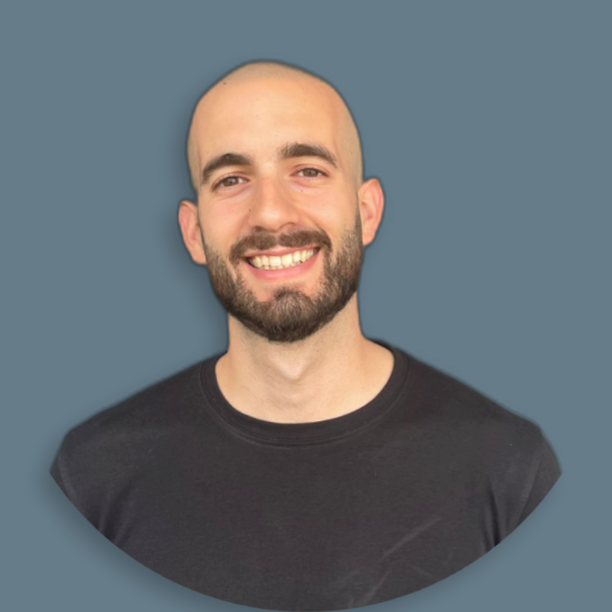Seva is a global eye care nonprofit whose mission is to transform lives and strengthen communities by restoring sight and preventing blindness. Seva works with underserved communities in more than 20 countries across Asia, Africa, and the Americas. Their annual demonstrated impact includes:
- Reaching over 6.5 million individuals.
- Establishing 27 new vision centers serving underserved communities, providing over 3.6 million people with access to eye care.
- Screening 332,963 children for eye problems.
- Giving 59,000 kids glasses.
- Operating on 12,110 children to preserve or restore their vision.
- Training 4,719 individuals, ranging from doctors to community health promoters, in eye care.




